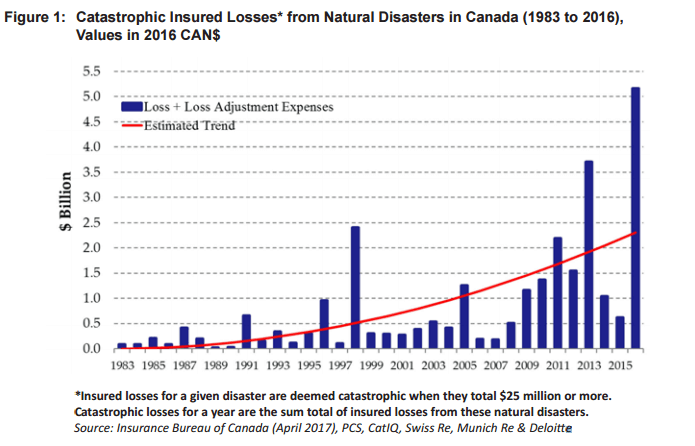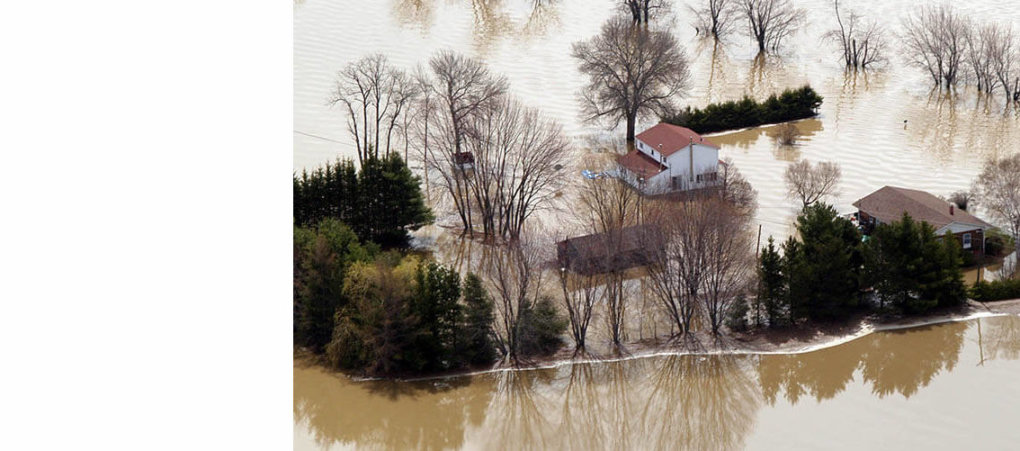
A new report says Canada’s cities and towns should leave wetlands intact if they want to save money when it comes to damages brought on by flooding linked to climate change.
As we already know, wetlands, including our bug-ridden bogs, marshes and slimy swamps, are natural flood-water sponges that can easily and quickly absorb excessive rainfall, such as the more frequent deluges communities across Canada are experiencing due to climate change.
Now, a team of researchers from the the University of Waterloo has determined that fully-functional wetlands can reduce the cost of floods by up to 38 per cent.
The researchers examined in detail how natural wetlands at two sites in Ontario — one in a rural area north of Mississauga, the other an urban area in Waterloo — protect the communities in the event of a major flood.

They found that the urban site, if hit with a heavy rainfall event, would incur $84.5 million in flooding-associated damages with the wetland intact, versus a whopping $135.6-million cost if the wetland had been filled in or developed. Their modelling — based on historical insurance data and recent damage estimates from flooding in Ontario and Alberta — showed that the cost to repair flood damage at the rural site would be $8.9 million with wetlands and $12.4-million without.
“This report demonstrates quantitatively that wetlands conservation is a cost-effective means to reduce flood risk in Canada,” the researchers wrote in their report. “Maintaining wetlands in their natural state offers a broadly-applicable and cost-effective means to reduce the financially- and socially-pervasive impacts of flooding that are increasingly affecting all Canadians.”
Recommended links:
- Read the full report by the University of Waterloo’s Intact Centre on Climate Adaption, When the big storm hits: The role of wetlands to limit urban and rural flooding damage.
- Read about some of our efforts to raise awareness of gaps in wetlands protections in NB.
- Check out out our timeline breaking down wetlands management in New Brunswick.
- Learn about the Live Wild project to protect biodiversity in New Brunswick.

